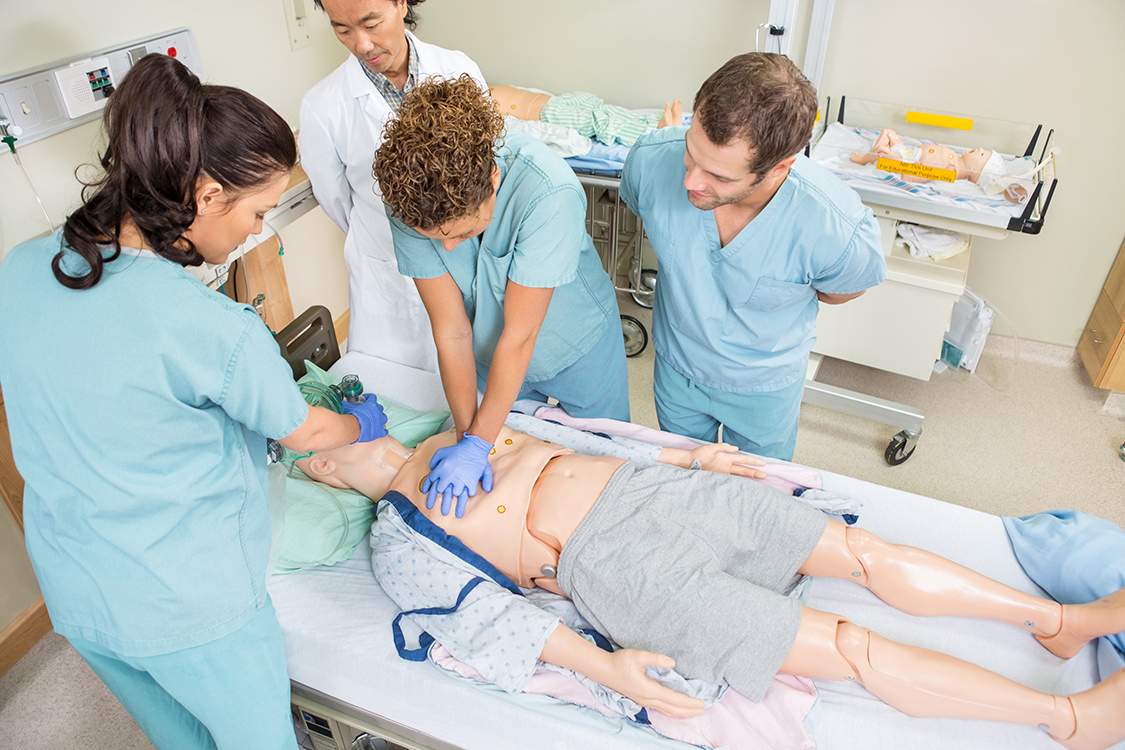⚕️ 25 Things Only a Doctor Might Know About CPR
-
-
Posted by
 admin
admin
- Chest compressions create blood flow by increasing intrathoracic pressure — not just by directly squeezing the heart.
- Interruptions in chest compressions greater than 10 seconds significantly reduce survival rates.
- Excessive ventilation during CPR can increase intrathoracic pressure and decrease venous return — lowering cardiac output.
- End-tidal CO₂ (EtCO₂) levels are a reliable indicator of CPR quality and return of spontaneous circulation (ROSC).
- EtCO₂ values below 10 mmHg during CPR are associated with poor outcomes.
- During CPR, coronary perfusion pressure must be >15 mmHg to achieve ROSC.
- CPR on a beating heart (e.g., in pulseless electrical activity) may worsen outcomes if not done appropriately.
- Agonal breathing is a sign of severe brain hypoxia — not normal breathing — and should not delay CPR.
- Capnography (waveform CO₂ monitoring) is a key tool in both in-hospital and advanced prehospital resuscitation.
- Manual pulse checks are unreliable during CPR, even by professionals, especially in low-perfusion states.
- Defibrillation is ineffective during asystole or pulseless electrical activity (PEA) — only shockable rhythms (V-fib/V-tach) respond.
- Internal defibrillation (intra-thoracic paddles) is sometimes used during open-chest cardiac arrest in surgery.
- The most common cause of pediatric cardiac arrest is respiratory failure — not a primary cardiac issue.
- High-quality CPR can generate only about 25–30% of normal cardiac output — hence the need for early defibrillation.
- Mechanical CPR devices (like LUCAS or AutoPulse) are useful in prolonged or transport-related resuscitations, but not superior in all cases.
- A drop in EtCO₂ during ongoing CPR may indicate impending arrest or loss of circulation.
- ROSC does not mean the patient is out of danger — post-arrest care is crucial for survival to discharge.
- Therapeutic hypothermia (targeted temperature management) after ROSC may reduce brain injury in some cases.
- High-dose epinephrine use is controversial — may improve ROSC but worsen long-term neurological outcomes.
- Double sequential defibrillation (two shocks simultaneously) is an emerging, off-label treatment for refractory V-fib.
- Precordial thump is rarely effective and only indicated in witnessed arrest with monitored V-fib and no defibrillator available.
- During pregnancy, chest compressions should be slightly higher on the sternum due to diaphragm displacement.
- Perimortem cesarean delivery may be necessary within 5 minutes of maternal cardiac arrest for fetal and maternal survival.
- Bystander CPR significantly increases survival — but trained medical intervention within 5–10 minutes is still critical.
- Prolonged CPR (beyond 30+ minutes) may still result in good outcomes in select cases, especially in hypothermia or young trauma patients.
 Mobile CPR training Augusta, GA
Mobile CPR training Augusta, GA

